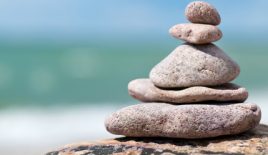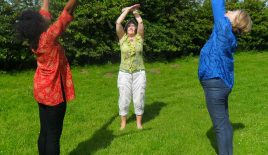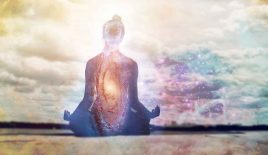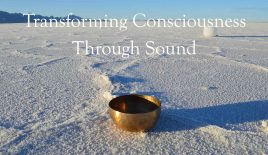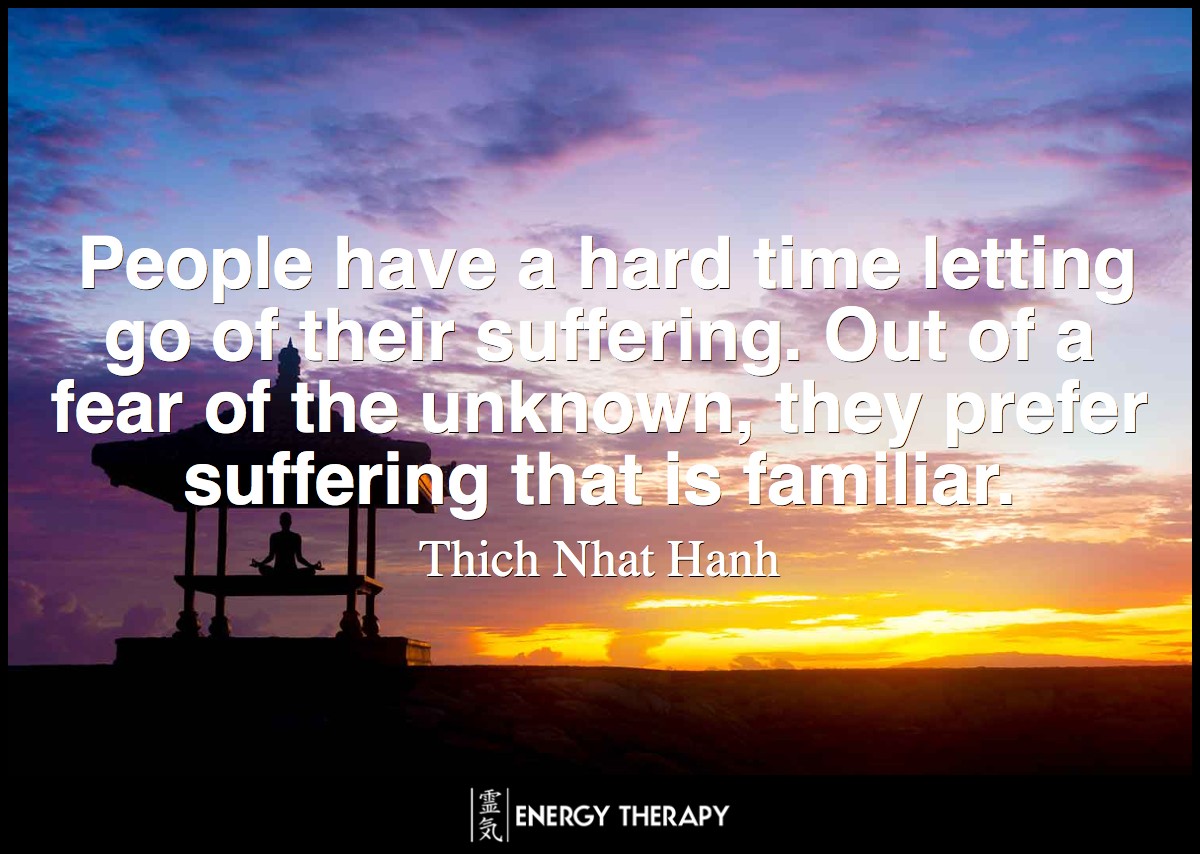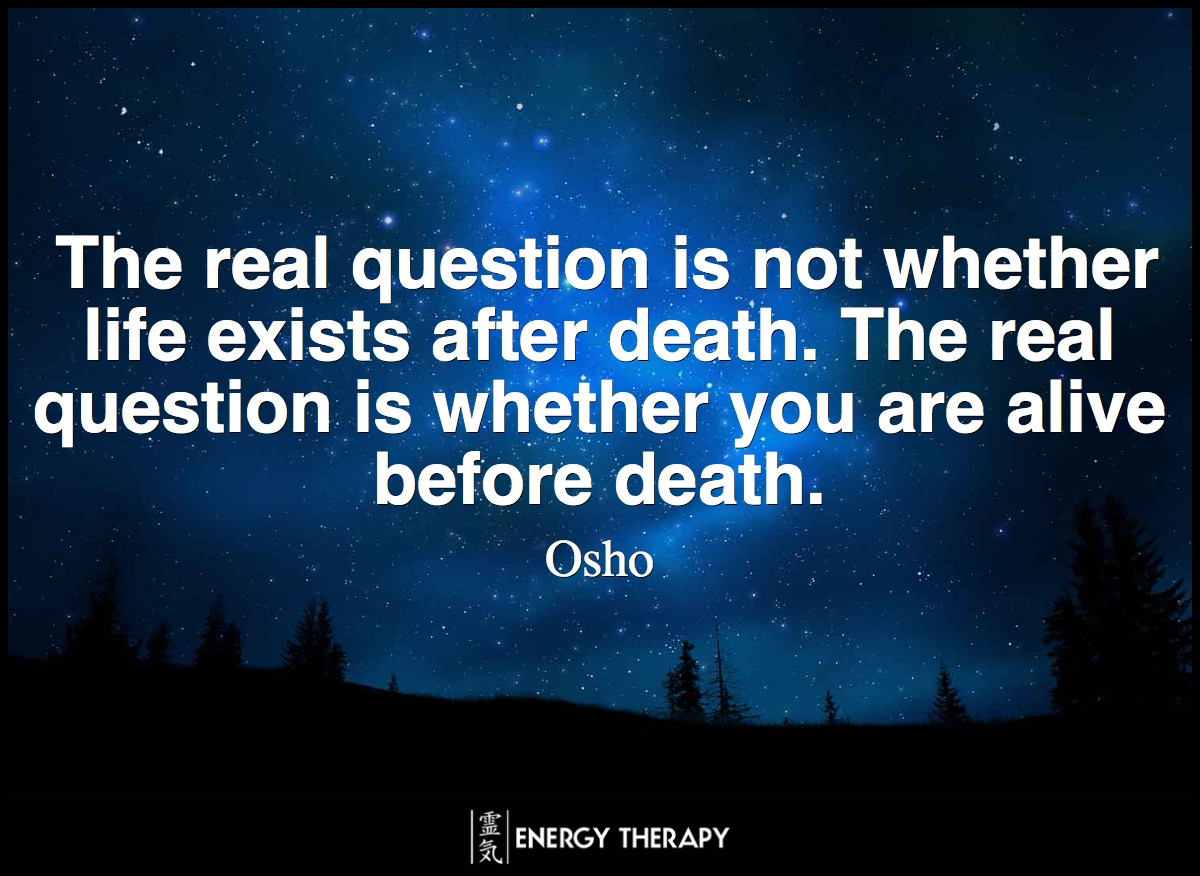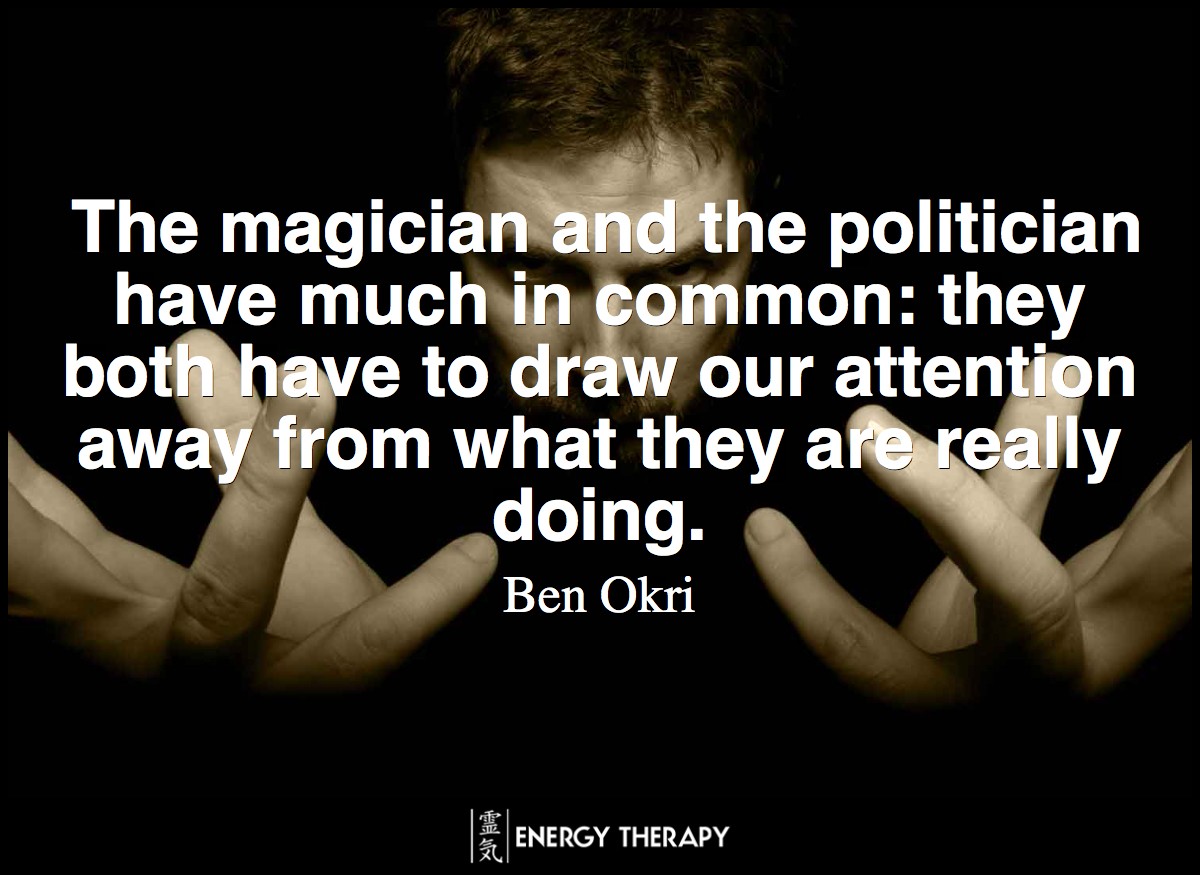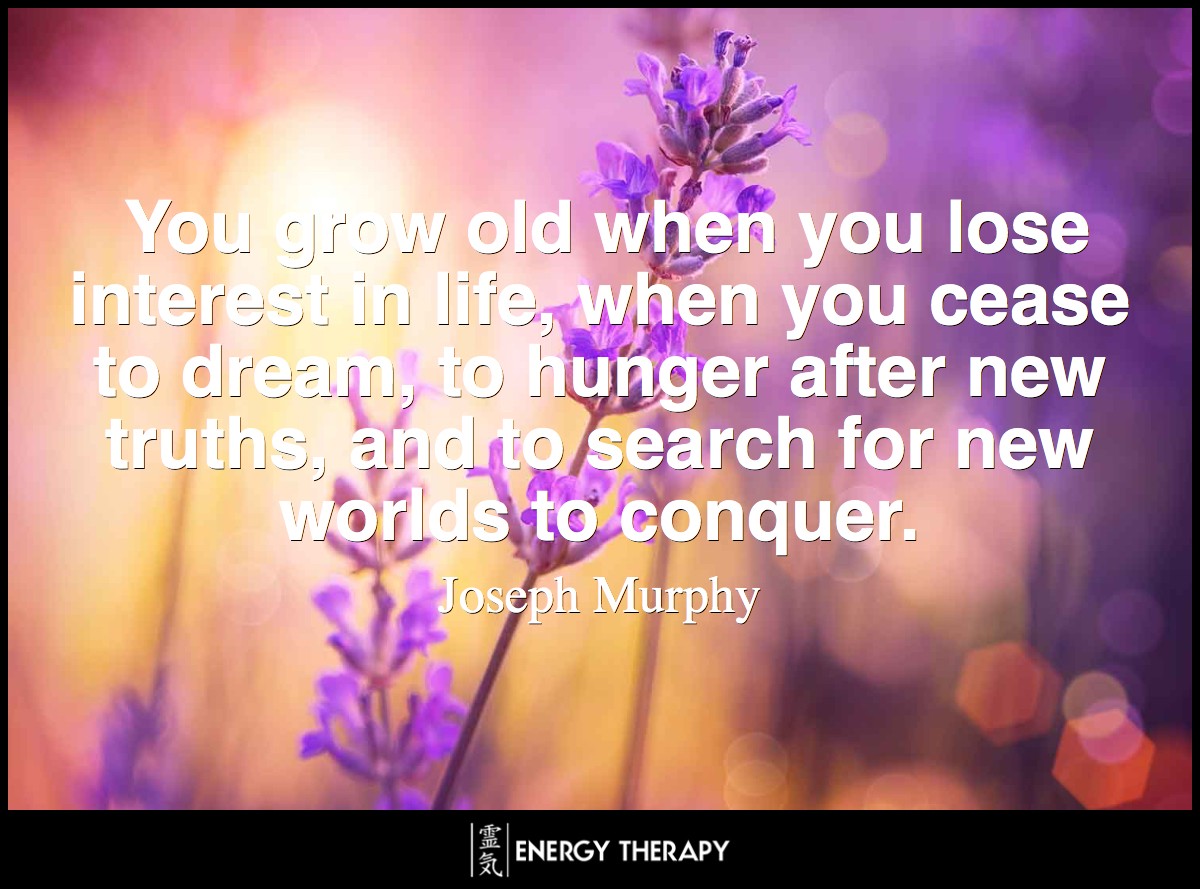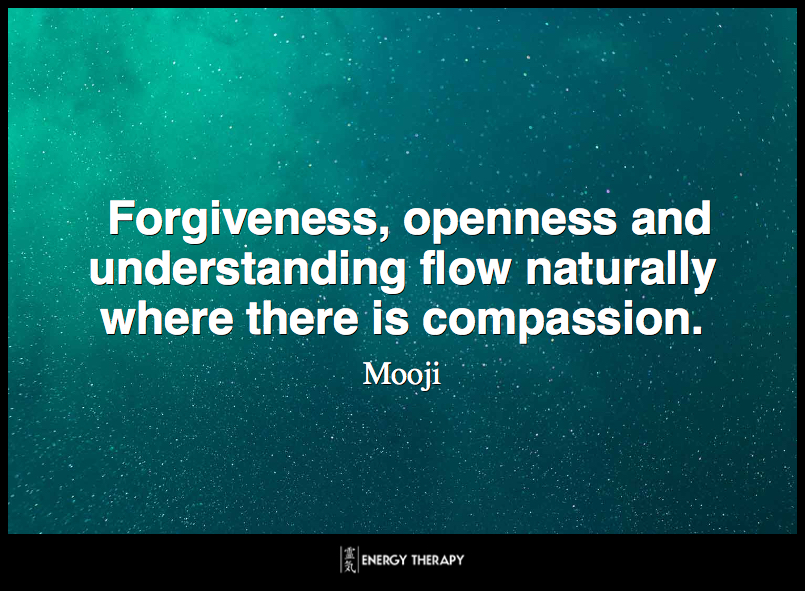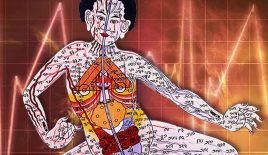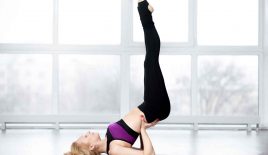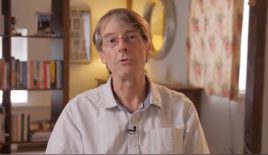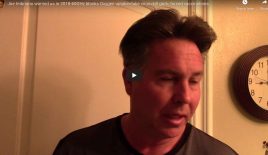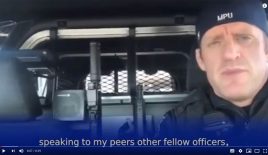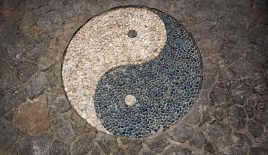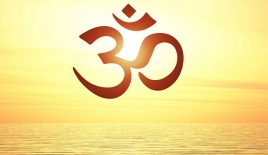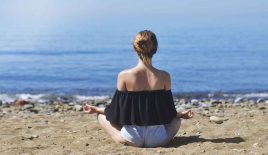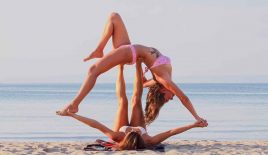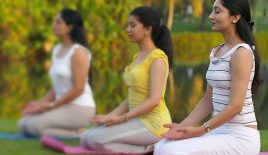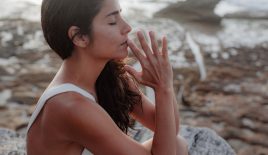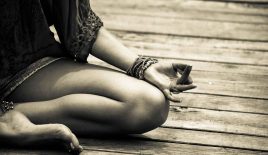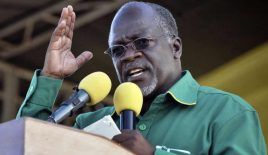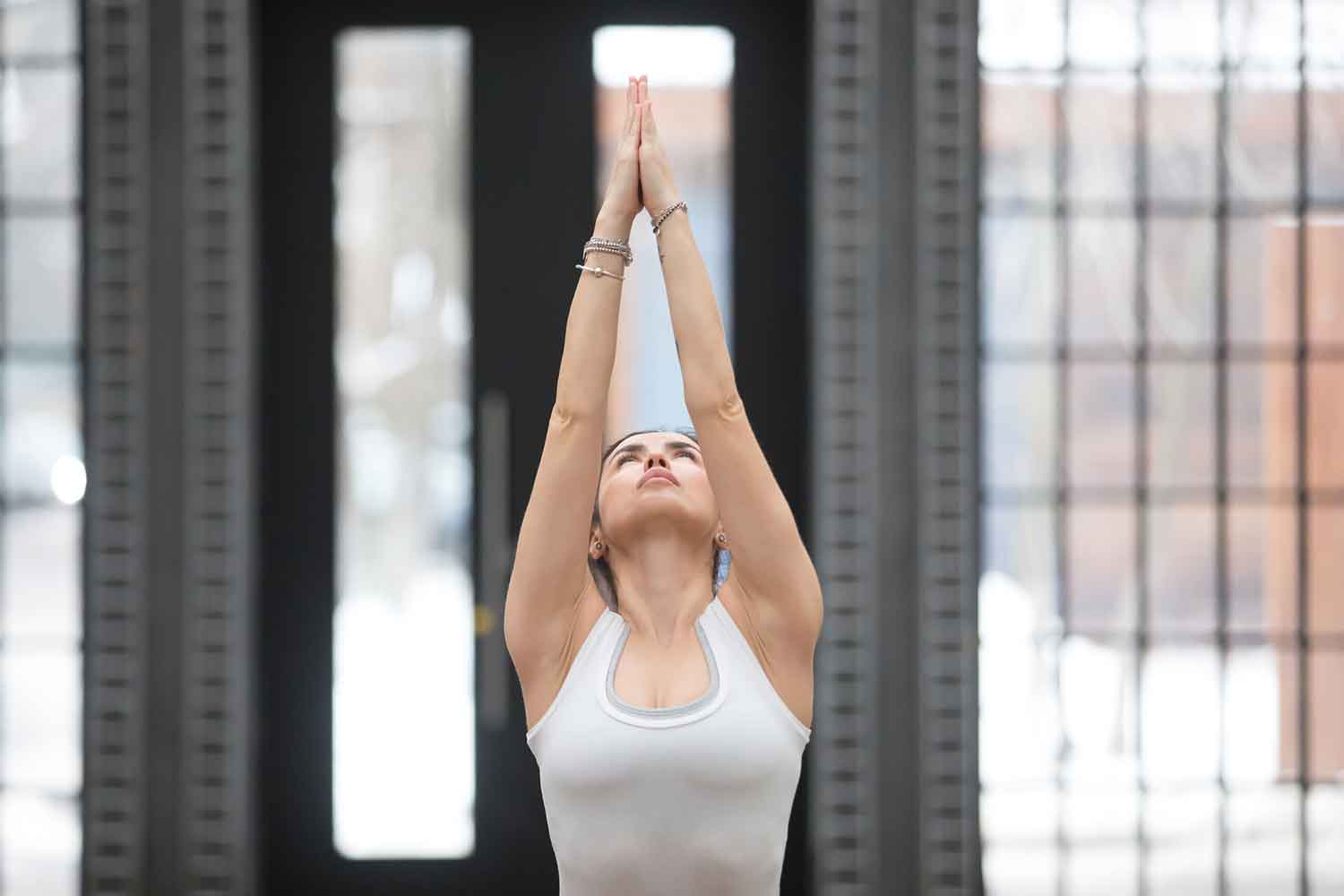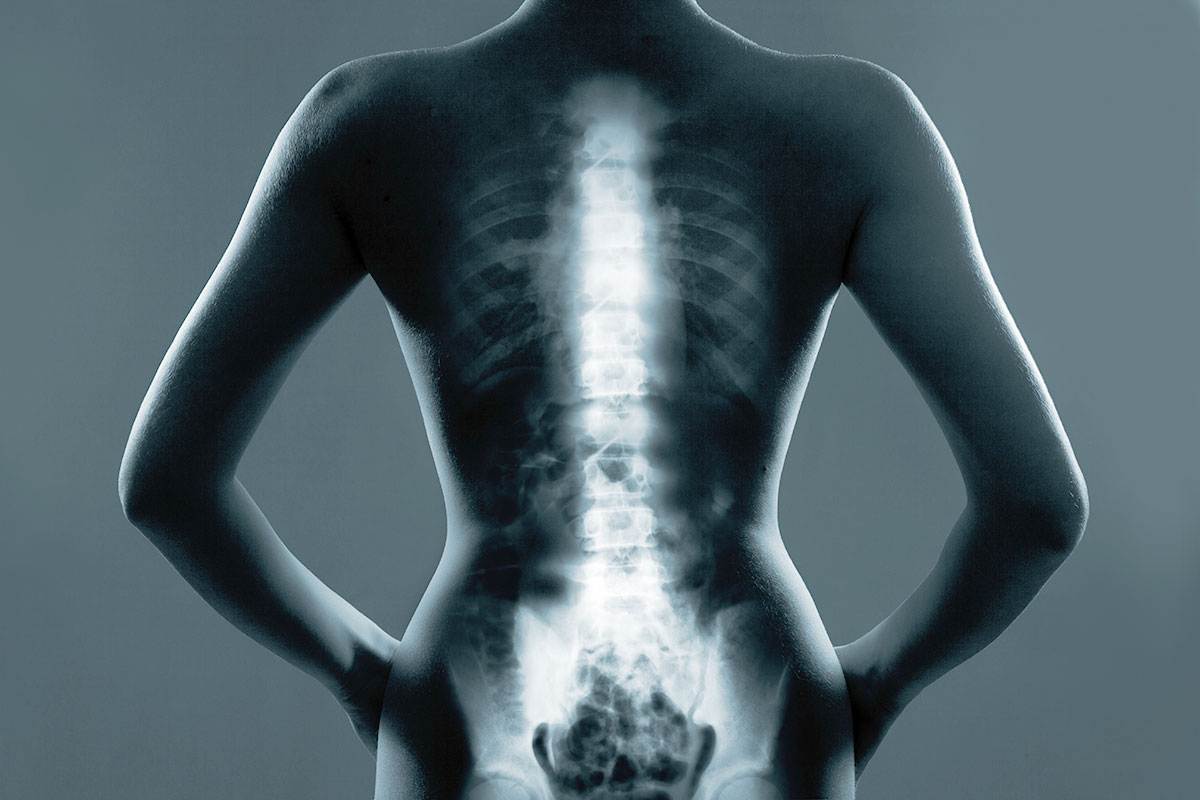5 Focal Points To Help You Stay Present In Yoga – Plus Poses to Prep for Mindful Meditation
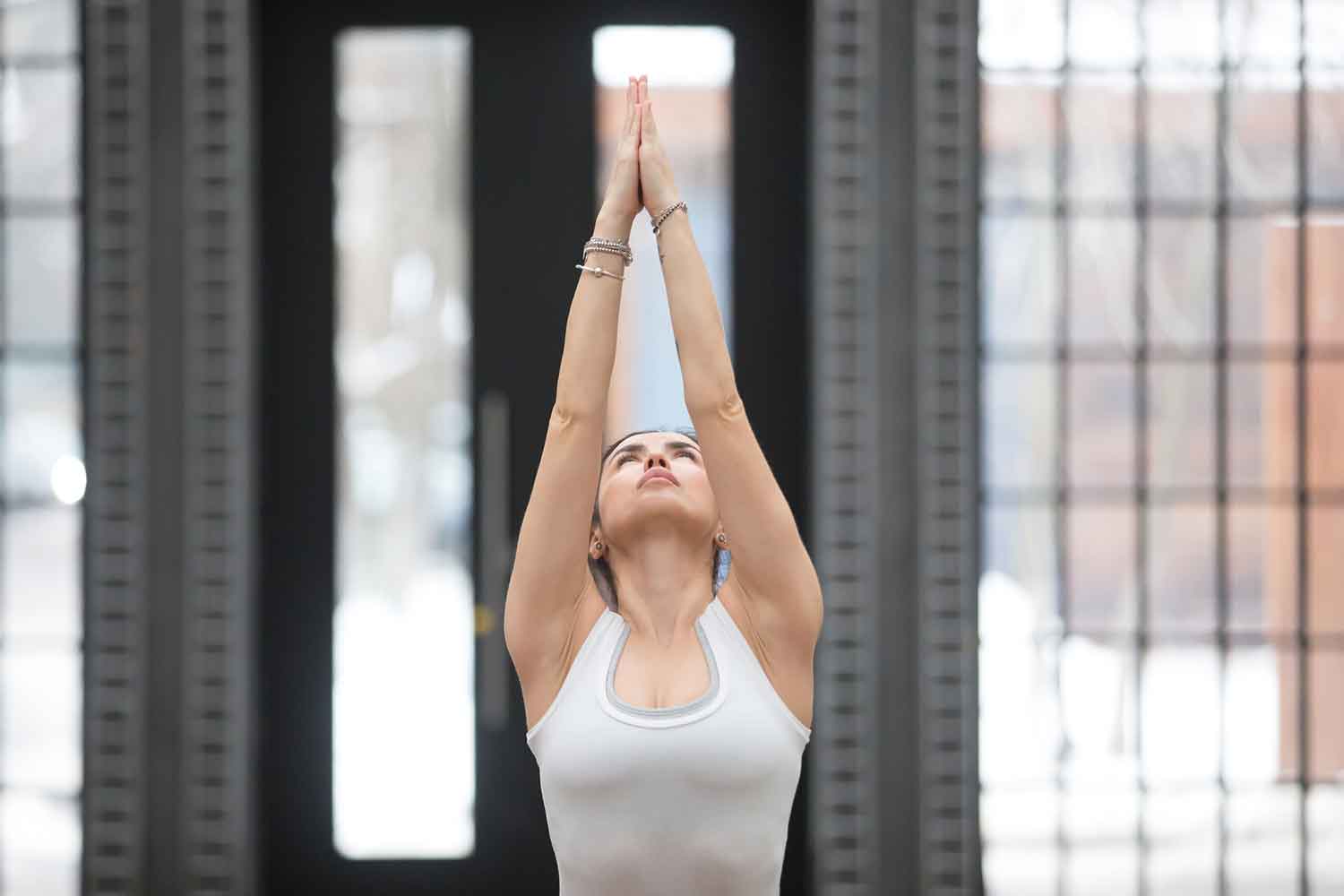
The first thing most people say about yoga, if they’ve never done a class is, “I’m not flexible.”
No doubt they are vividly imagining having to put their leg behind their head at the first class… I’ve even had some people say it directly: “I can’t put my leg behind my head,” at which point I give them a wry smile.
Neither can most…
Yoga is not just about having a flexible body, this a misperception of yoga – rather, yoga is about developing the threefold nature of the being: body, mind and spirit – and ONE way of doing this is through harnessing the threefold nature of the body: strength, flexibility and balance. These three aspects work in synergy to help focus the mind in a constructive way, and help the spirit be more present in the person’s daily life.
If you enjoy sitting meditation, yoga is a great way to limber up a stiff body, so that you enjoy your sitting meditations more. It can also be used as a mindful meditation in and of itself, rather than just ‘doing’ the postures.
Body and mind are linked, so a relaxed open body means a better flow of energy and awareness in your meditation.
Focus your awareness inward, on the breath and the way your body moves with the sequences below.
You will reap many of the same rewards that seated meditation provides— heightened focus, balanced energy, a sense of grounding, and blissful stress release. The focus and concentration that yoga brings naturally leads to meditation…
Enjoyed this article and want to know more? Here are some easy steps you can take right now…
- Book a life changing “remote healing session” with Soul Guidance with Jaime: https://www.energytherapy.biz/energy-healing-with-jaime-tanna/
- Join Jaime’s fantastic 1 year Energy Coaching Program: Total Frequency Shift — Discover Radiant Health & Freedom
- Sign up for Jaime’s exciting new substack at https://energytherapy.substack.com/https://energytherapy.substack.com/


